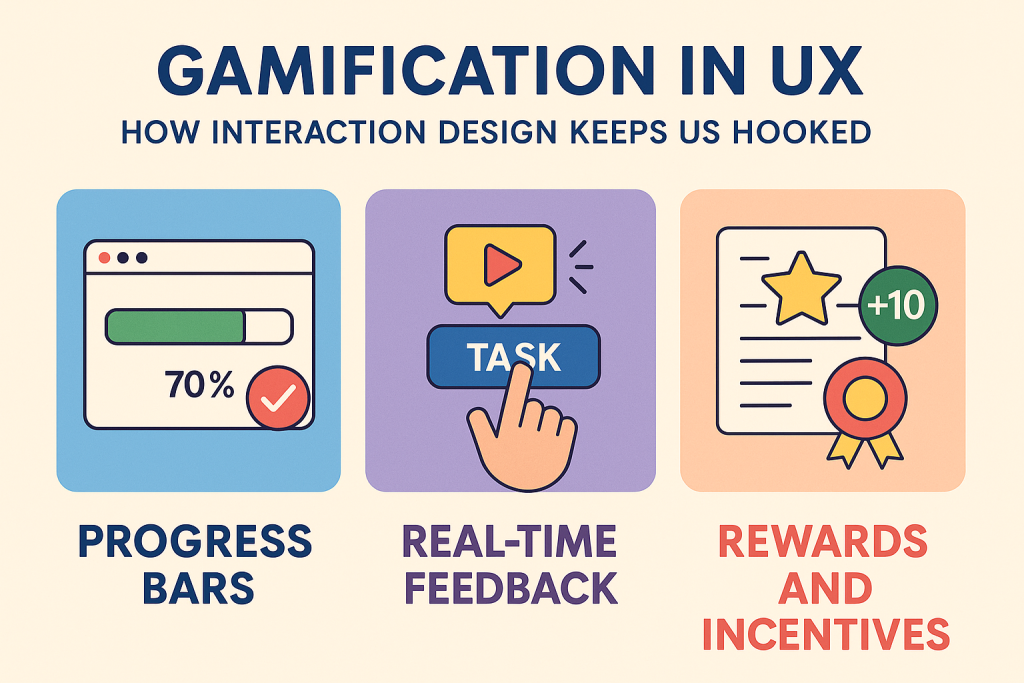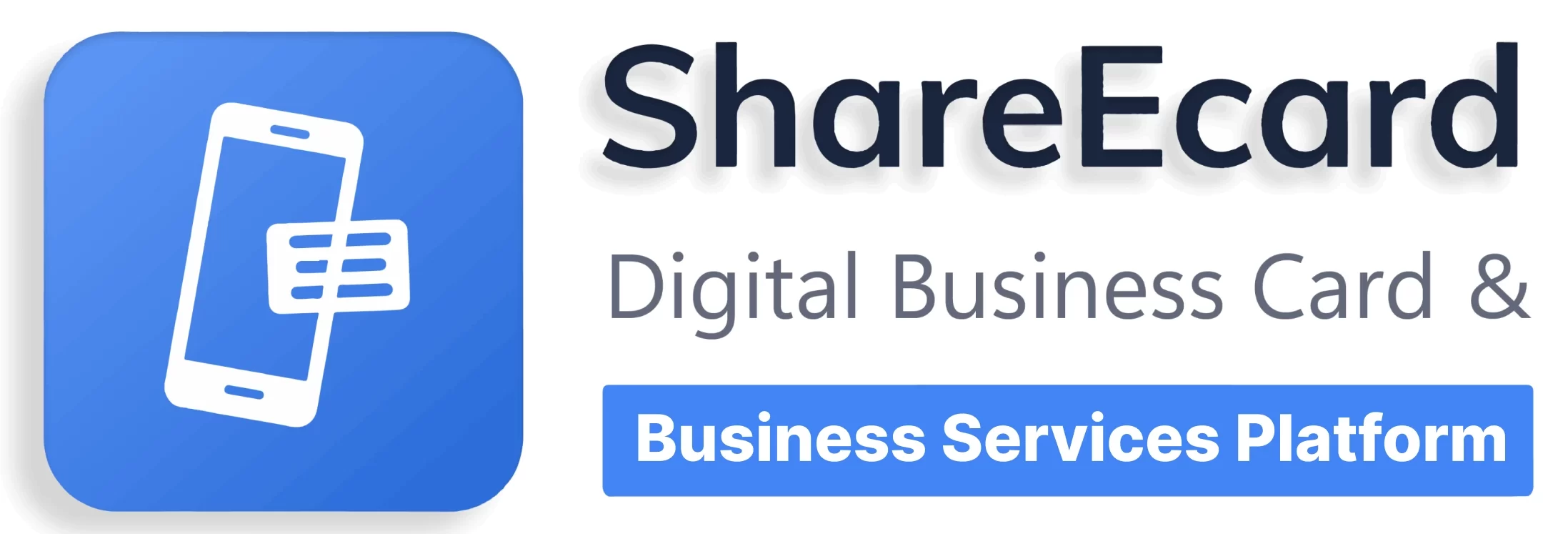Gamification in UX — ever wonder why some apps feel fun even when you check off tasks or track habits? That’s not an accident. It’s called gamification, an innovative way designers use game-like features to engage with users. In gamification, systems like points, badges, progress bars, and sound reward interactions.
These little rewards trigger dopamine in our brains, which makes us want to use the app more. Below, we will examine how interaction design borrows from games to keep users returning. Because let’s face it, when something feels like play, we’re way more likely to stick with it.
Key Elements of Gamification in UX
Gamification in UX is about making digital experiences more rewarding and sometimes fun. Let’s look at three key elements designers use to keep users engaged.
Progress bars are simple but powerful. That tiny bar moving forward significantly impacts downloading software, finishing an online course, or filling out a profile. It shows you’re getting somewhere, and that little visual feedback nudges you to finish what you started.
Real-time feedback is another essential. Think of those small animations, sounds, or pop-ups when you complete a task. They’re not just decorative—they confirm the user’s action. It’s satisfying and reduces the guesswork. You click, and something happens instantly.
Rewards and Incentives keep the momentum going. Points, badges, and unlockable features make us feel accomplished. They tap into that part of us that loves recognition—even if it’s digital.
Take live blackjack tables, for example, where the interactive interface and immediate feedback mimic game-like user experiences. The setup is familiar and straightforward, but what keeps players engaged isn’t just the game. It’s the pacing, instant reactions, and constant feedback loop. Win or lose, you know right away, and the next move is always just a click away.
That’s gamified UX: clear, interactive, and built to keep you in the flow.
These elements create more intuitive and satisfying experiences in apps and games. It’s not just about fun. It’s about smart, human-centred design.

The Psychology Behind Gamification
Our brains are naturally drawn to rewards, challenges, and recognition. This is why gamification, integrating game-like elements into non-game contexts, resonates well with us.
At the heart of this lies dopamine, a neurotransmitter that plays a key role in motivation and reward. When we achieve something, like completing a task or earning a badge, our brain releases dopamine, giving us a sense of pleasure and encouraging us to repeat the behaviour. This creates a positive feedback loop, reinforcing our actions and keeping us engaged.
Gamification taps into both intrinsic and extrinsic motivations. Intrinsic motivation comes from within. We engage in activities because they are inherently enjoyable or fulfilling.
Extrinsic motivation, on the other hand, is driven by external rewards like points, badges, or prizes. Effective gamification strategies often blend both, providing immediate rewards and fostering a deeper internal drive to continue.
By comprehending these psychological concepts, designers may produce experiences that grab attention and maintain long-term engagement. Gamification uses our brain’s innate tendencies to inspire and motivate, whether it’s a learning platform rewarding achievement or a fitness app promoting daily workouts.
Where It Works Best
Gamification thrives in digital spaces where motivation and consistency are key. Apps like Duolingo and Todoist exemplify this by integrating game-like elements to enhance user engagement.
- Productivity and Habit Apps: Duolingo transforms language learning into an engaging experience with features like streaks, points, and leaderboards, encouraging daily practice. Similarly, Todoist’s Karma system rewards users with points for completing tasks, fostering a sense of achievement and motivating continued use.
- Health and Fitness Platforms: Many fitness apps incorporate gamification to motivate users. For instance, apps like Fitbit and Nike Run Club offer badges, challenges, and progress tracking, turning workouts into interactive experiences that encourage users to reach their fitness goals.
- Educational Tools and Onboarding Flows: Gamification simplifies learning and onboarding processes. Progress bars, quizzes, and badges make complex information more digestible and engaging, reducing cognitive load and enhancing retention.
Incorporating gamification into these areas boosts user engagement and promotes habit formation and sustained use. These applications make routine tasks more enjoyable and fulfilling by tapping into our innate desire for rewards and recognition.
The Balance: When Gamification Goes Too Far
Gamification can make apps more engaging, but risks feeling manipulative or hollow when overdone.
The problem starts when game elements like points or badges are used for the show without real value. If rewards aren’t meaningful or tied to user goals, they can feel empty. Worse, they might distract from the actual purpose of the app. For example, in some learning apps, users focus more on earning badges than truly understanding the material.
There’s also the risk of overjustification, where external rewards diminish intrinsic motivation. Users who do something just for the reward might lose interest once the reward is gone.
To avoid these pitfalls, it’s essential to design gamification thoughtfully:
- Align rewards with user goals: Ensure incentives support what users want to achieve.
- Keep it simple: Overcomplicating game mechanics can confuse and frustrate users.
- Be transparent: Communicate how and why gamified elements are used.
Gamification may improve the user experience without detracting from it by emphasising meaningful, user-centred design.
Game the Experience, Not the User
Gamification works best when it respects the user. Done right, it turns simple tasks into something satisfying, even fun. But it only works when it supports real goals, not just empty clicks. The goal isn’t to trick people but to design experiences that feel rewarding and worth returning to.




